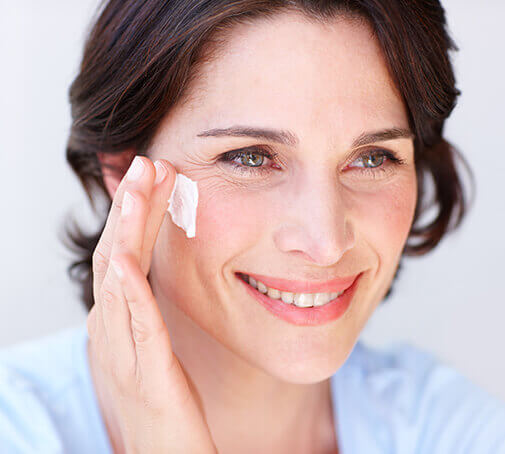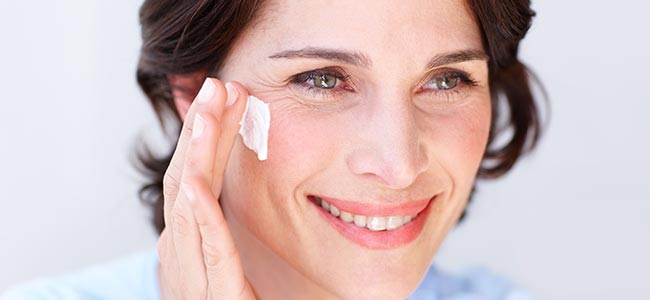
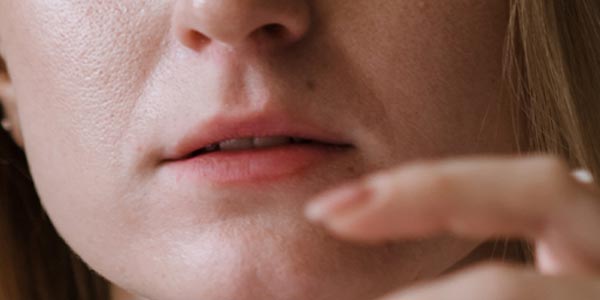
Perioral Dermatitis
If your skin is out of control and red bumps form around your mouth, this can be a symptom of perioral dermatitis. Read on to learn more about how you can tell if you really have this skin disorder and what you can do about it.
What is perioral dermatitis?
Perioral dermatitis, also known as periorificial dermatitis, is a type of dermatitis that appears as an inflammatory rash which typically occurs around the mouth, chin and eye area. (‘Perioral’ means ‘around the mouth’ and periorificial means “around an opening’.)
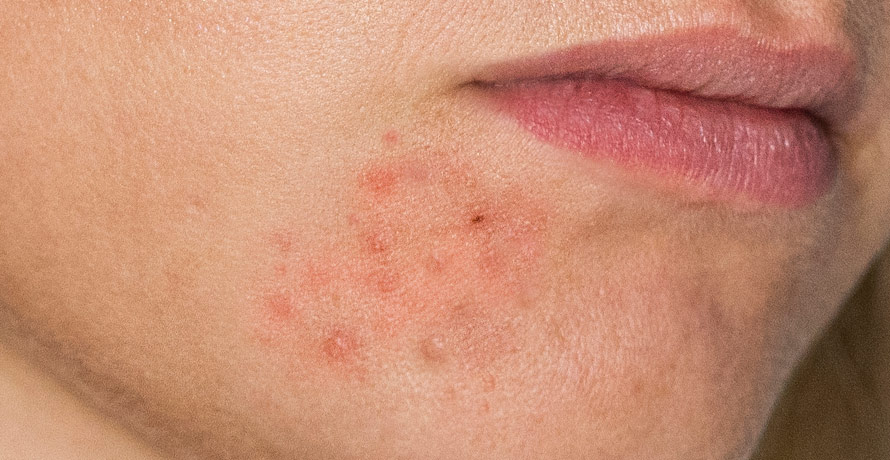

Symptoms
The following symptoms can be signs of perioral dermatitis.
- Redness, often combined with itching and tightness
- Inflammatory rash, papules, pustules and pimples
- Affected skin areas: Mouth, chin, nose, eyes
- In severe cases, the whole face is affected
- Dry skin
- Mild flaking and scaly skin
Symptoms
The following symptoms can be signs of perioral dermatitis.
- Redness, often combined with itching and tightness
- Inflammatory rash, papules, pustules and pimples
- Affected skin areas: Mouth, chin, nose, eyes
- In severe cases, the whole face is affected
- Dry skin
- Mild flaking and scaly skin
If you think you might have perioral dermatitis, you should make an appointment with your healthcare provider or dermatologist to get treatment options and above all, an accurate diagnosis. This is important because perioral dermatitis is often mistaken for other skin disorders that look quite similar, such as rosacea, atopic dermatitis, seborrheic dermatitis and acne. Treatment for the wrong condition can end up being counterproductive and make the symptoms even worse.
Triggers
The exact cause of perioral dermatitis is unknown, but there are some factors that may trigger the condition:
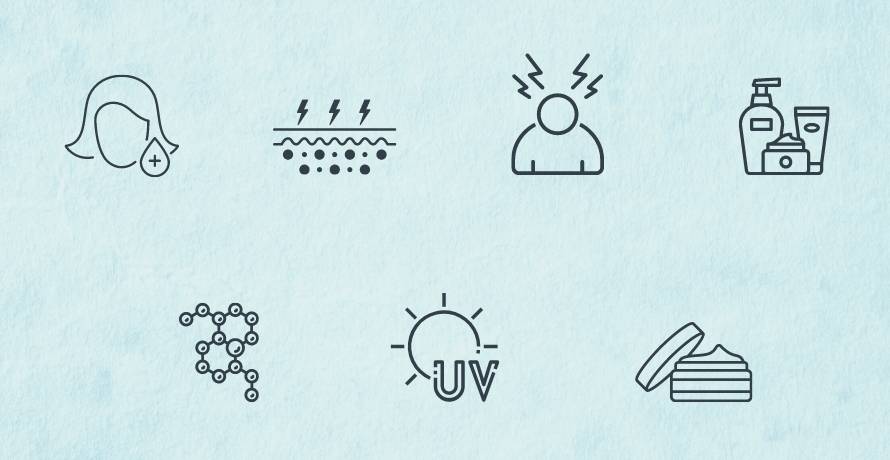

- A weakened skin barrier
- Often affects people with sensitive skin
- Frequent changing or overuse of skincare products
- Stress
- Topical corticosteroids: Use of topical steroid creams
- Hormonal imbalance
- Excessive exposure to UV light
The skin condition is most common in young women.
- A weakened skin barrier
- Often affects people with sensitive skin
- Frequent changing or overuse of skincare products
- Stress
- Topical corticosteroids: Use of topical steroid creams
- Hormonal imbalance
- Excessive exposure to UV light
The skin condition is most common in young women.
Perioral dermatitis – what you can do about it
Perioral dermatitis treatment
Strictly speaking, there is nothing you can do when a flare-up hits – quite literally. The skin is out of balance and its protective barrier is compromised, which means you have to give your skin time to stabilize first. The so-called zero therapy is based on ceasing the use of all products on affected areas, including make-up, face creams and topical steroids. Immediately after discontinuation, the symptoms may initially worsen. In most cases, however, they will quickly improve after a short time.
How to care for the skin afterwards
Once the rash, inflammatory papules, pustules and the redness have disappeared, many people revert to old habits. Even if the therapy was successful, it is advisable to avoid possible causes of dermatitis in general. Make sure to start slowly, by using only very few and gentle products instead of taking your skincare routine from 0 to 100. Fragrance-free formulas are ideal.
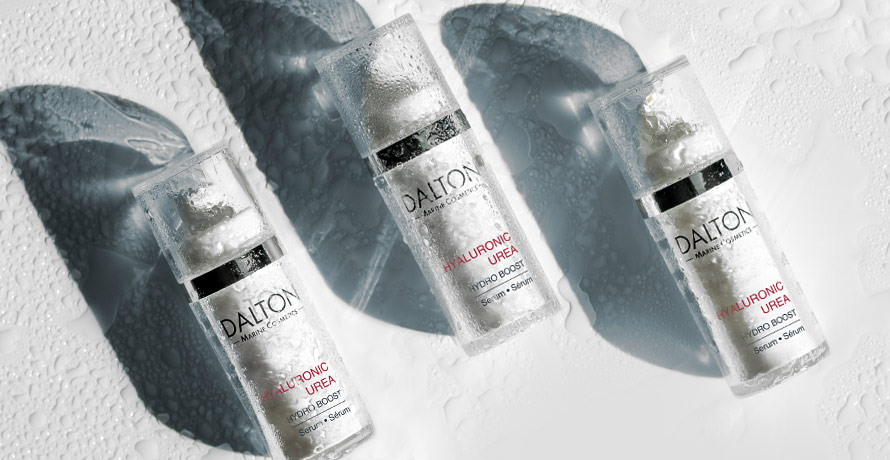

You don’t want to miss out on anti-aging products forever? Our gentle HYALURONIC UREA Serum is fragrance-free and formulated with hyaluronic acid and urea to provide the skin with deep hydration. Plus, it visibly reduces fine lines and wrinkles.
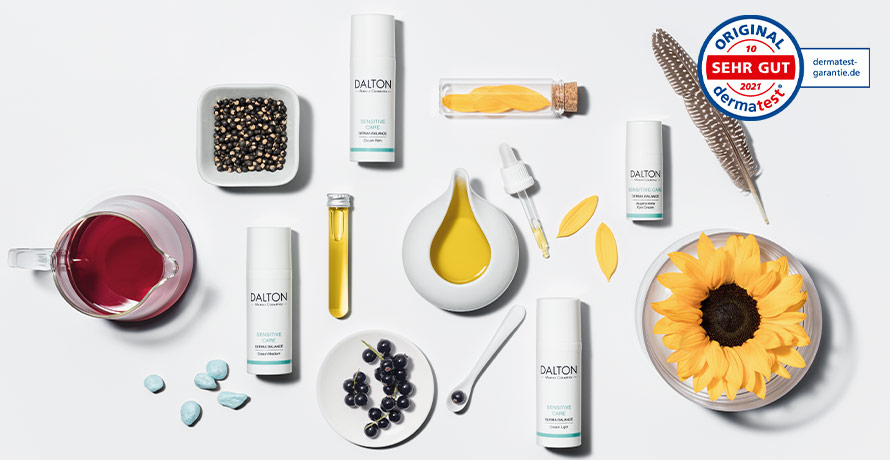

Since a weakened or damaged skin barrier can be a trigger for skin disorders like acne, rosacea and different types of dermatitis – including perioral dermatitis – it is important to strengthen and restore the skin barrier with suitable products. Our SENSITIVE CARE products are specially developed for sensitive and allergy-prone skin. They soothe the skin and strengthen the skin’s immune system.




